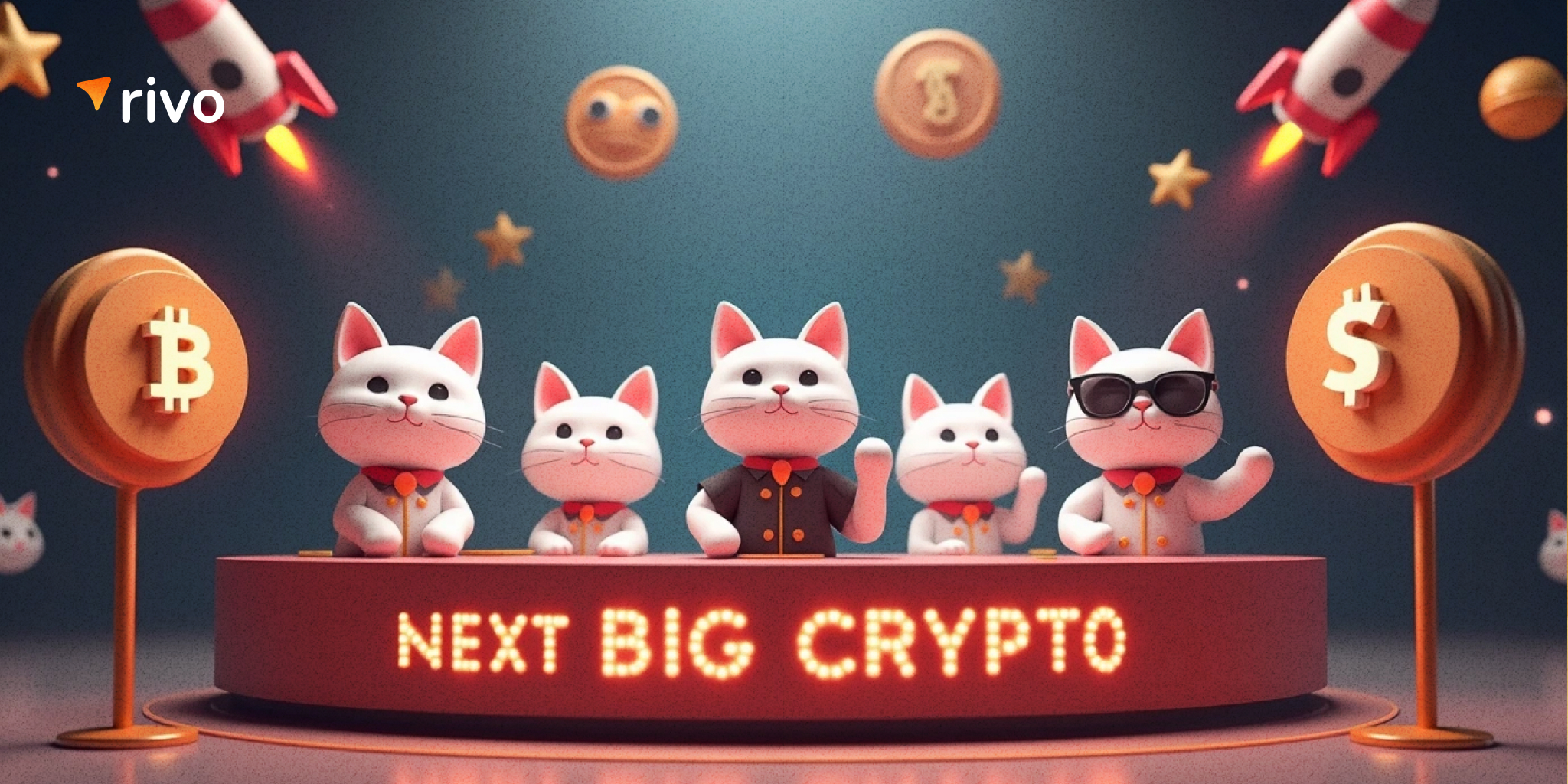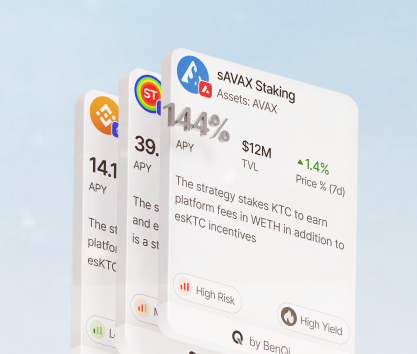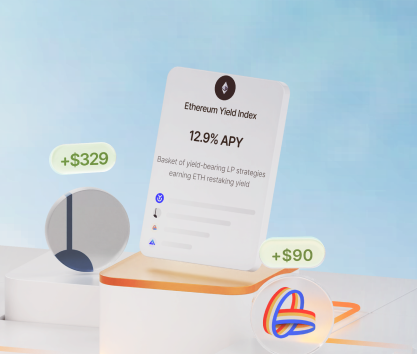The ability to operate a portfolio in a trustless and permissionless environment is the reason why everyone is so excited about decentralization in finance. Traditional financial systems have become fast and efficient yet have fundamental weaknesses that must be addressed decisively. The problem with a centralized economy is that it can be easily manipulated and influenced by power-wielding institutions, governments, and even individuals. In many senses, blockchain technology solves a whole lot of issues.
The counterparty risk is another glaring downside since we need intermediaries that two parties trust for a transaction to happen. This architecture unnecessarily complicates everything without providing the transparency needed to make sure that the participants can trust each other. Ultimately, many issues of CeFi led to the infamous 2008 financial crisis causing a chain of events that gave birth to Bitcoin.
What is decentralized finance?
Blockchain ledgers are data structures that are immutable and trustless since anyone can access the chain of records and verify its integrity. This architecture makes many tradfi institutions irrelevant. For example, the minting of new tokens is done via mining or staking without any central authority printing them uncontrollably.
From the beginning, these systems were designed with programmability in mind allowing for additional expansions without the need to overhaul everything and change the fundamentals if new features are added. Bitcoin is somewhat clunky in this sense. Nevertheless, solutions like Stacks allow even BTC to be staked, borrowed, and interacted with in other ways.
Smart contracts in DeFi
These tiny programs deployed on the chain are executed automatically under certain conditions. They carry a set of instructions and can be utilized for a variety of purposes including lending, swapping, borrowing, collateralizing, and more. Smart contracts enable the rich functionality of the whole ecosystem allowing users to interact without middlemen. This elegant architecture is the foundational component of the blockchain ecosystem.
The benefits of DeFi
Contemporary investors recognize many advantages of using this ecosystem compared to CeFi where powerful institutions control everything while simultaneously failing to provide a useful and affordable service.
Here are some notable upsides of decentralization in finance:
- Accessibility. Since up to 1.7 billion people around the globe do not have access to banking, it means that the economy misses out on a massive number of potentially active participants. The permissionless nature of blockchain allows users to access DeFi requiring only an internet connection.
- Trust and transparency. CeFi is notorious for its lack of honesty. Decentralized ledgers are accessible by anyone and can be easily verified. At the same time, the fundamental architecture of these networks prevents tampering with data.
- Cheaper service. All CeFi institutions try to make as much money as possible and overwhelm the participants of the financial system with fees and commissions. International remittances can cost up to 7% and even more depending on the platform. DeFi platforms can reduce fees to under 1% like in the case of Stellar or Ripple.
- Users are in control. Most protocols work on the basis of self-custody by putting the power over finances into the hands of users. While it increases individual responsibility, it also prevents bad policymakers and corrupt institutions from taking advantage of consumers. Another good example is the existence of DAOs. These organizations ensure that people have the power to decide how to move forward with decisions that affect everyone. The combined market cap of governance tokens reached a massive $15 billion in 2023.
- The avoidance of systemic issues. The 2008 financial crisis is something that shook the world to its core. The consequences of bad management, greedy investment schemes, and corruption affect the global economy and its participants to this day. When everything is interconnected, a catastrophic failure of one institution can lead to a tragic domino effect. In August 2024, the combined TVL of the sector is over $86 billion spread across hundreds of protocols and dozens of chains.
Types of DeFi protocols
Investors often find themselves puzzled by the complexity of the crypto ecosystem. It is possible to build an incredibly sophisticated portfolio by using financial instruments offered by various protocols. Whether you are interested in active retail trading, passive income generation, or high-yield farming, you will find adequate solutions.
We will cover some of the most popular categories of decentralized projects that are focused on providing essential financial services. The whole range of these platforms includes over 40 items. Talking about all of them will take a lot of pages and a considerable amount of time. Instead, we will talk about those that catch the attention of investors.
Decentralized exchanges (DEX)
This category is the biggest with over 1,400 active projects across all chains. Some of them are time-tested and have been around since the beginning of the crypto era. Some are emerging platforms that require scrutiny.
DEXes are often the most generous in terms of interest rates that they pay to liquidity providers. The reason is fierce competition for top spots in the market. The combined daily trading volume in this category is above $5.6 billion with $6.17 million generated in fees and commissions.
Notable examples:
- Uniswap is the biggest DEX controlling close to 13.5% of the total trading volume. It supports 22 chains and has $4.8 billion in TVL.
- Curve is an EVM-compatible protocol that offers similar services to Uniswap. It works across 8 chains and has $1.89 billion in TVL.
- Pancakeswap deployed on Binance Smart Chain is a great exchange that supports BSC, Arbitrum, Base, Polygon, and many other chains. It has a respectable $1.7 billion in TVL.
DeFI lending protocols
Financing investment operations in the DeFi sector is quite easy considering the sheer number of platforms that provide funds to borrowers in a trustless and permissionless manner. As long as you have collateral, you will be able to receive funding for any purpose without any background checks.
These platforms are essential for the modern landscape of the crypto ecosystem. They enable high-risk strategies, provide funding to startups, and help individuals secure financing for all sorts of goals.
Here are some notable projects:
- Aave on Ethereum is the biggest such platform with a massive TVL number of $12.3 billion. It supports 12 chains and allows users to quickly get funded.
- Justlend on Tron is often cited as the best destination for investors and borrowers who want to work with the best APYs. Currently, it has $6.24 billion in TVL and offers 4.08% APY on average.
- Kamino Lend on Solana is a protocol with $1.38 billion in TVL and some of the highest APYs on stablecoin investments.
Crypto derivatives
With over 263 different tracked protocols in this growing sector of the ecosystem, platforms focused on derivatives trading represent a very important aspect of the market — the maturation of a typical investor. Perpetual futures and option contracts can be used to hedge certain positions including HY investments.
Daily volumes here are still quite small and barely go over $30 million on a good day. However, they are still very important for the industry and individual investors.
Here are the platforms to check out:
- Jupiter Perpetual Exchange is deployed on Solana and has a respectable $700 million TVL with an average monthly growth rate close to 30%.
- Hyperliquid is a layer 1 solution that has its own bridge and allows users to trade a variety of derivatives in a fully decentralized environment. Currently, this protocol has over $554 million in TVL.
GMX supports Arbitrum and Avalanche. It is one of the most popular platforms in the category and features a wide range of interesting financial services.
Yield farming
The demand for protocols that simplify investments and diversify income streams made it possible for this particular sector to explode in popularity. Farming refers to several different activities in the DeFi ecosystem, but we are focusing on platforms where you can lock in capital in stablecoins or other valuable digital assets to be rewarded in native tokens.
In some cases, it is a good short-term investment where a capital holder bets on the chance that native tokens’ prices will appreciate allowing them to cash out.
Below are interesting farms to check out:
- Zircuit Staking on Ethereum is a versatile protocol that allows users to stake ETH, stablecoins, and other assets to receive rewards in base APR, Eigenlayer points, LRT, and Zircuit.
- Pencils Protocol on Scroll is a great place where users can stake BTC, ETH, and stablecoins to receive rewards in Pencils and Scroll Marks on top of APYs. The platform has over $336 million in TVL.
AiLayer is a BTC-centric layer 2 solution that allows users to stake Bitcoin, MATIC, or BNB and receive rewards that vary depending on market conditions and other factors.
The main takeaway
The DeFi sector is incredibly diverse and offers contemporary investors a chance to build a diversified portfolio that features high-yield investments and hedging positions. With the current variety of instruments, it is possible to build a portfolio with any risk profile and enjoy better APYs than any CeFi product.









